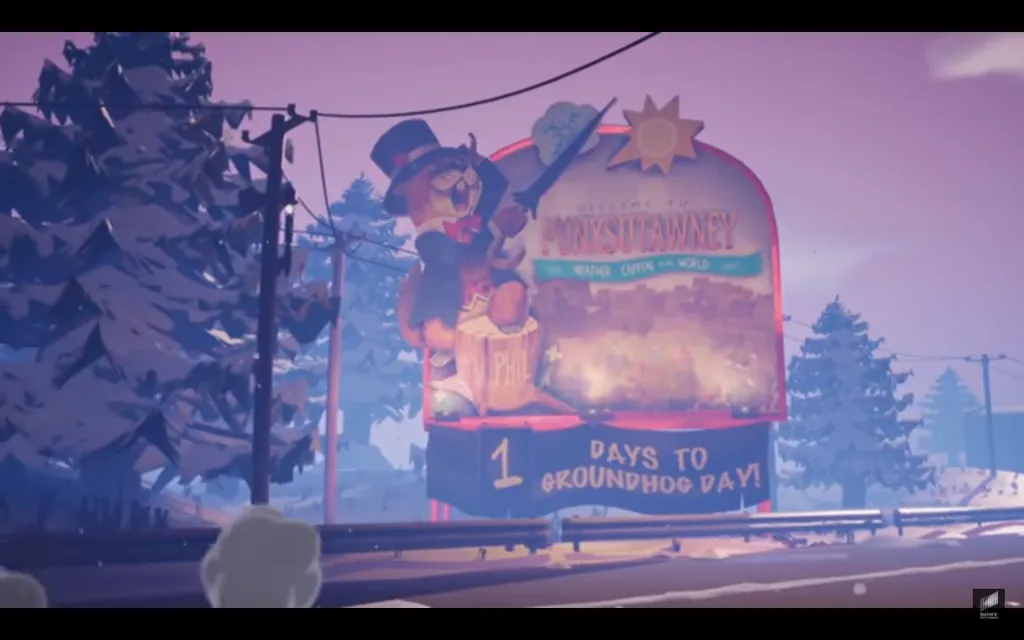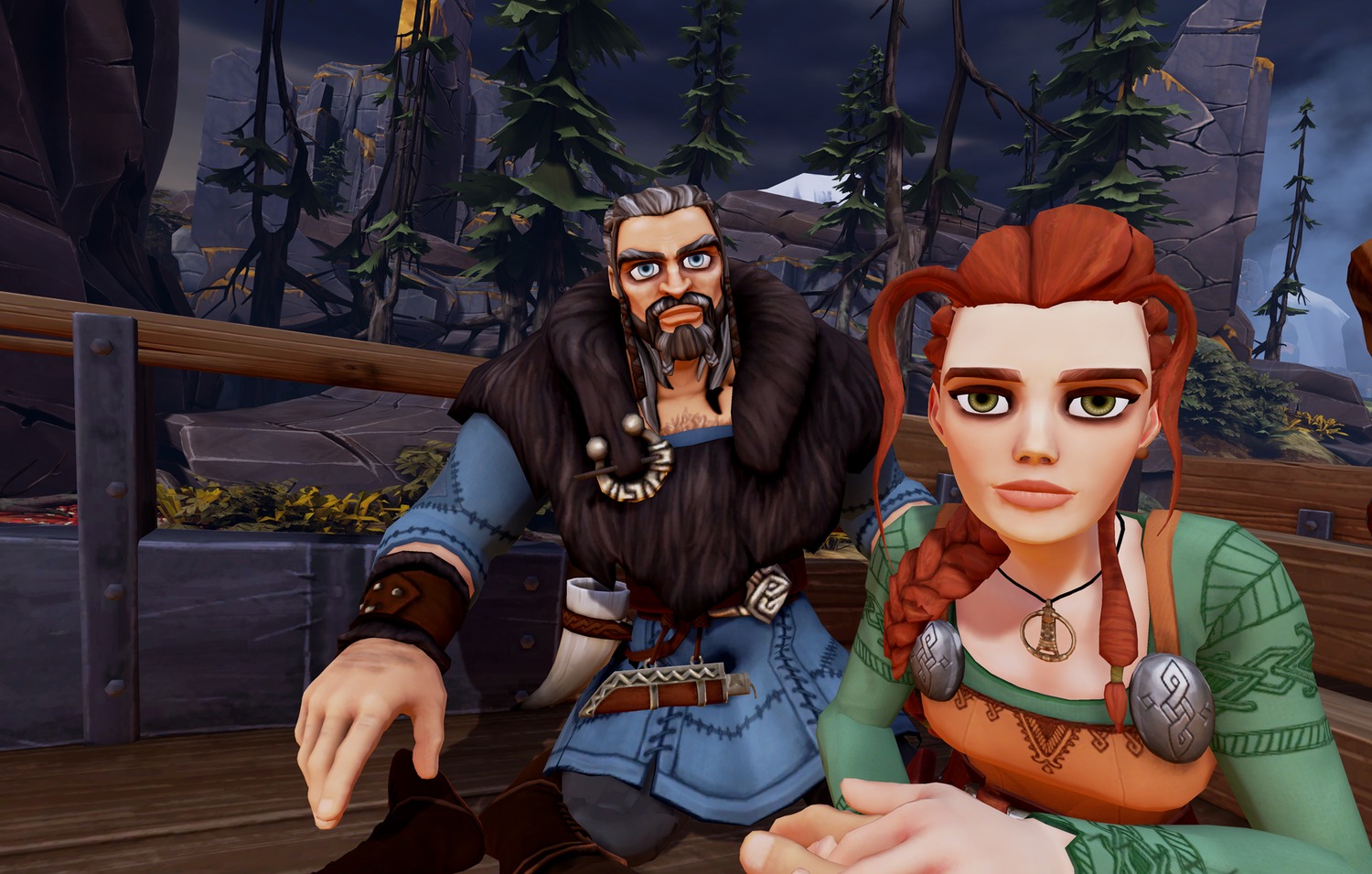Virtual reality has an identity crisis. Whether talking about games or movies, the medium can’t seem to escape the shadows of the past. But, three years on, the template for what makes VR tick may finally be starting to emerge.
It was the recent surprise announcement of Groundhog Day VR that got me thinking about this. Sony Pictures’ decision to continue the original’s story not on the screen but inside a headset is an intriguing one. It made me question which other films should get VR sequels. I even started to wonder if we had got it all wrong. Instead of trying to trace Fortnite and Skyrim into VR, should we instead look at iterating on the big screen experience? Is that where VR’s true power lies?
Then I realized the truth is probably somewhere in the middle. Just as VR game makers could learn a lot from film, so too could filmmakers take a page from developers. A hybrid of these two approaches may be where VR finally stakes its claim.
Gamifying VR can make it strange. Character stats and progression systems are excellent barometers to judge a traditional game by, but VR feels different. Simply put, these factors aren’t, y’know, real. Why do I need to level up my strength to swing a sword? How am I surviving being riddled with bullets? The very tenants of a lot of game design are at odds with the core of VR’s immersion.
Some of the best VR games out there right now are deliberately unconcerned with such metrics. Superhot doesn’t work because it’s got a leveling system, it works because it dials down on the experience. One hit kills both you and your enemies. Your every movement is like a play on a chess board. Your control over time often delivers cinematic satisfaction. Do you really remember Skyrim VR for the progression you made as a character? Or is it the moment your head was on a chopping block and a dragon landed at your feet?
The list goes on. From a design viewpoint, Farpoint is a very basic first-person shooter (FPS); it’s the unbeatable feeling of becoming a space marine that makes it a must-see. Astro Bot is also a simplistic platformer in its own right, but the exploration of space, scale and bond is unlike anything else out there. More and more we’re finding that VR game’s most memorable components aren’t about the nuts and bolts of game making.
At the same time, telling a VR story in which the user isn’t a direct participant or, at the very least, a known quantity, seems like it’s missing the point. Baobab’s Invasion is a joyous bit of Pixar-aping. But, for all its cutesy glory, the moment I remember most is being used as a human shield when the protagonist cowers behind you. It made me feel strong, brave and responsible. Those aren’t emotions you can easily conjure when watching something on a flatscreen.
The more I think about my favorite VR moments over the past three years, the more I realize how they involve one medium borrowing from another. Fated: The Silent Oath‘s traditional gameplay was enjoyable, but it really lept out when it stripped away the mechanics and doubled down on the relationship between characters. Accounting’s highway shootout isn’t memorable for refined gunplay but instead the sheer bizarreness of the world and cast around you. Spheres was a fascinating documentary in its own right, but it was viewer participation that gave the experience a personal edge. VR’s magic starts at the meeting between storytelling and interactivity. A Fisherman’s Tale could have been an enjoyable story-free puzzle game or a memorable short-film, but it was the integration of place, plot and experience that made it really stand out.
But this is not an easy ask. It’s far simpler to make, say, a wave shooter, than it is a world where the player’s every action holds a tangible consequence. Developers capture lightning in a bottle every so often but there’s still so much work to be done in this area. For now, though, I’ll settle for the well-constructed moments of shock, awe, connection and participation. They’re proof that we’re on the right track and I hope Groundhog Day VR capitalizes on them.
I’ve often cited a quote from Metal Gear Solid creator Hideo Kojima as a touchstone for my reporting in VR. He said that game developers “see VR as an extension of traditional games, but I think it is not.” While I’ve always agreed with that sentiment, I’ve also longed to know what he thinks VR is. And maybe it’s this; maybe it’s not an extension but a splicing of both games and film, something that takes their core attributes and builds on top of them to deliver media that is genuinely new.
That’s what I want to start seeing as VR enters its fourth year on the market. I want to see us move away from the obsession with trite topics like longevity and comfort modes and start searching for what really separates VR from the rest of the pack. I have a feeling that’s something we’re only just beginning to grasp.































